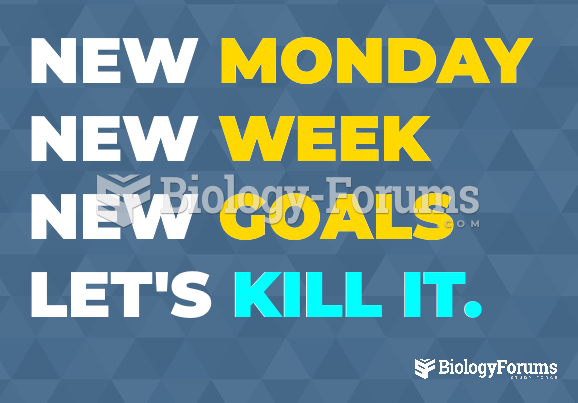Answer to Question 1
Motivational interviewing is not a technique but rather a style, a facilitative way of being with people. It is a direct, client-centered, counseling style for eliciting behavior change by helping clients explore and resolve ambivalence. This facilitative style encourages self-motivation for positive change within individuals. The development of motivational interviewing in the early 1980s by William R. Miller and Stephen Rollnick was out of response to substance abusers in treatment who had high dropout rates, high relapse rates, and poor outcomes overall in treatment. This lack of progress in treatment caused social workers to view the individuals as resistant and unmotivated to change. The question of why do people change became the foundation of developing motivational interviewing. Instead of dismissing challenging clients as unmotivated and unable to change, motivational interviewing skills allow social workers to become equipped with the skills to enhance motivation and to help clients become active in the change process. The spirit that embraces the motivational interviewing style is the ability of the social worker to form a therapeutic partnership with the client. In recent years, many substance abuse counselors believe motivational interviewing is a more effective approach to lead an alcoholic to acknowledge that she or he has a problem and needs help.
Answer to Question 2
Marijuana (grass or pot) comes from the hemp plant Cannabis sativa. This plant grows throughout the world, and its fibers are legally used to produce rope, twine, paper, and clothing. The main use of the plant now, however, centers on its dried leaves and flowers-marijuana-and on its dried resin-hashish. Both marijuana and hashish may be taken orally but are usually smoked. Marijuana has sedative properties and creates in the user a sense of relaxed well-being and freedom from inhibition. Smokers become highly suggestible and may engage in actions (such as sexual activities) they might otherwise avoid. Sometimes marijuana intensifies sensory stimulation, creates feelings of enhanced awareness and creativity, and increases self-confidence. The threat of physical dependency is rated low; the threat of psychological dependency is rated moderate. The short-term physical effects of marijuana are minor: a reddening of the eyes, dryness of the throat and mouth, and a slight increase in heart rate. There is some evidence that continued use by young teenagers will result in their becoming apathetic, noncompetitive, and uninterested in school and other activities.
The attempt to restrict marijuana use through legislation has been described as a second prohibition, with similar results: Large numbers of people are using the drug in disregard of the law. The unfortunate effect of laws that attempt to regulate victimless acts (crimes, as defined by law) is that they criminalize the private acts of many people who are otherwise law abiding. They also foster the development of organized crime and the illicit drug market. For years heated debates have raged about the hazards of long-term marijuana use. Some studies claim that it causes brain damage, chromosome damage, irritation of the bronchial tract and lungs, and a reduction in male hormone levels. These findings have not been confirmed by other studies, and the controversy rages on.
In 1996 voters in California and Arizona approved the medical use of marijuana (for example, for treating symptoms of AIDS, cancer, and other diseases). However, the Clinton administration threatened sanctions against doctors who prescribed it. In 1997 a panel of experts convened at the National Institutes of Health stated that marijuana shows promise in treating painful symptoms of some diseases and urged its medical use to be studied further. Seven other states soon passed legislation that allowed marijuana to be used for medical purposes. In 2001 the U.S. Supreme Court ruled that federal law definitely classifies the use of marijuana as illegal and that marijuana has no medical benefits worthy of an exception. The High Court did not strike down state laws allowing medical use of marijuana, but left those distributing the drug for that purpose open to prosecution. In 2005 the U.S. Supreme Court upheld the power of Congress to legislate to prohibit the possession and use of marijuana for medical purposes, even in the states that permit it. This ruling does not invalidate laws in the states that have approved medical marijuana, but it does deflate these states' power to protect users and doctors who prescribe the drug. The controversy over the medical use of marijuana will probably continue to be an issue.







